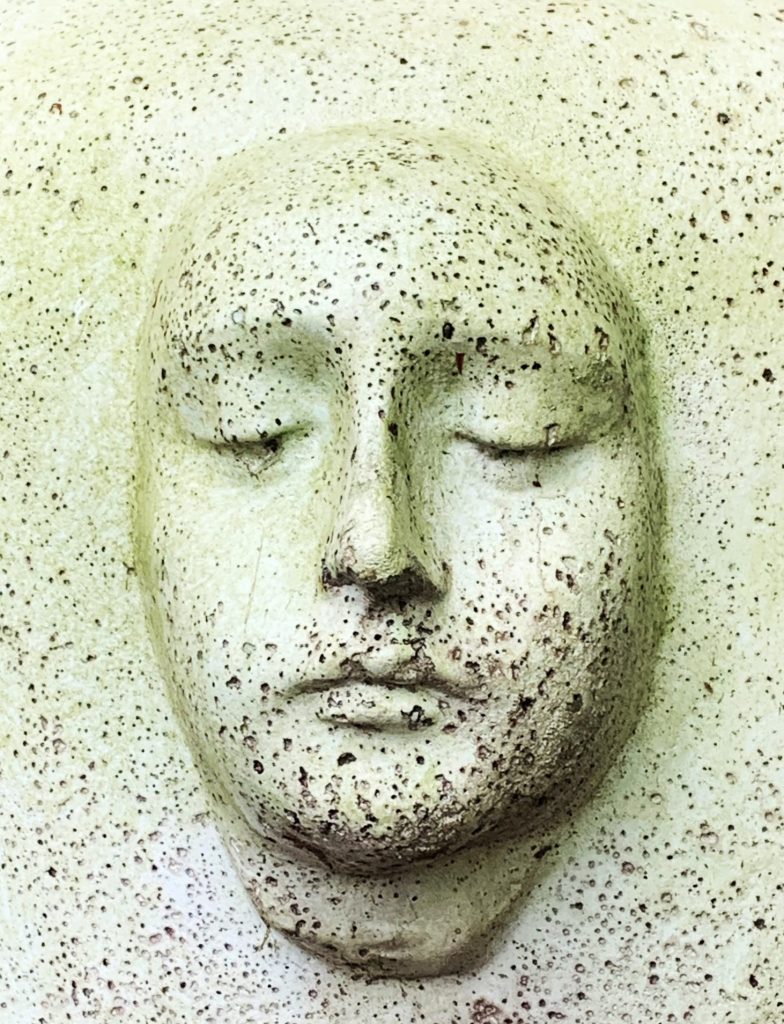
Jay Meadows is a public researcher who investigates health behaviors. He’s been studying pandemic fatigue which has settled in all over the world. Pandemic fatigue, described as our general exhaustion and impatience with the rules imposed to stem the spread, is now a contributor to the growing number of cases of COVID-19. People are demoralized about not having a “normal” life; they want to resume activities and enjoy socializing. And so they begin loosening up.
Meadows says there are two predictors of human behaviors regarding health issues that illustrate why people are now disregarding the important safety steps we took earlier in the year to prevent the spread.
- Perceived susceptibility. In other words, just HOW likely am I, personally, really at risk to catch COVID? Magical thinking might lead us to rationalize, “Hey, it’s been nearly nine months and I’m still fine so maybe I have some type of natural immunity.” Or “There aren’t a lot of cases in my area, so I’m safe.”
- Perceived severity. We ask ourselves, “Even if I do get it, will it be all that bad?” We look at President Trump’s case and think, “Heck ya, I can do that.” We hear anecdotal stories of people who caught the virus and recovered quickly. Even one of my readers (who is also a friend) and her husband were diagnosed and had very mild cases. My friend shared that had they not both tested positive, they would have assumed they’d had just some type of minor illness.
I’m going to add a third predictor: Ineffectiveness of our brains to process numbers well. Every day we are bombarded with new statistics. Consider these true, up to the minute data:
- There have been nearly eleven million cases of COVID-19 diagnosed in the United States since March 1, 2020.
- Nearly a quarter-million Americans have died of the virus.
- Approximately 3% of cases diagnosed today will prove fatal.
- New cases in the US have surpassed 181,000 per day.
- In the past week in America, daily reported deaths from COVID rose over 8%.
Statistics can be mind-numbing. Our brains get overwhelmed with too many and we tune it out. What does it all mean anyhow? So we get lazy with our precautions and start whining about how uncomfortable masks are.
The New York Times has helped me keep my focus on the pandemic real and personal with their series called Those We’ve Lost. It is online and is updated every day. Here’s the explanation the NYT provides on their page: “The coronavirus pandemic has taken an incalculable death toll. This series is designed to put names and faces to the numbers.”
The COVID death stories that major news outlets cover are typically about celebrities or mildly famous people. While those folks are included in the Times’ series, ordinary, everyday type of people have their stories told in beautiful obituaries.
There’s the story of Rebecca Cryer, a Tribal judge and a survivor of the 1995 Oklahoma City bombing. The obituary of Rev. John Vakulskas tells us of his decades-long ministry to carnival workers. Domenic Parisi was the barber who cut President Nixon’s hair. The stories include people who are described as a Sinatra fan, a prankster, a dinner party enthusiast, a miracle survivor. And then there’s Frank Cullotta, a former mobster in Chicago and Las Vegas who later joined the Witness Protection Program to testify against the mafia.
If you ever find yourself tuning out the news because you’re weary of pandemic updates, go to the Times’ page and put a face on the pandemic by reading a few stories of those who were taken too soon because of it.
~~~~~
The story behind Those We’ve Lost




Thank you, Norma. What an honest acknowledgment of the dire situation. Thankfully, Virginia has been spared to a great extent. I haven’t had the heart to read more than a few of the Times article about those who were lost. I appreciate your post. Thanks again.
So good to hear from you! Thanks for continuing to appreciate my writing.